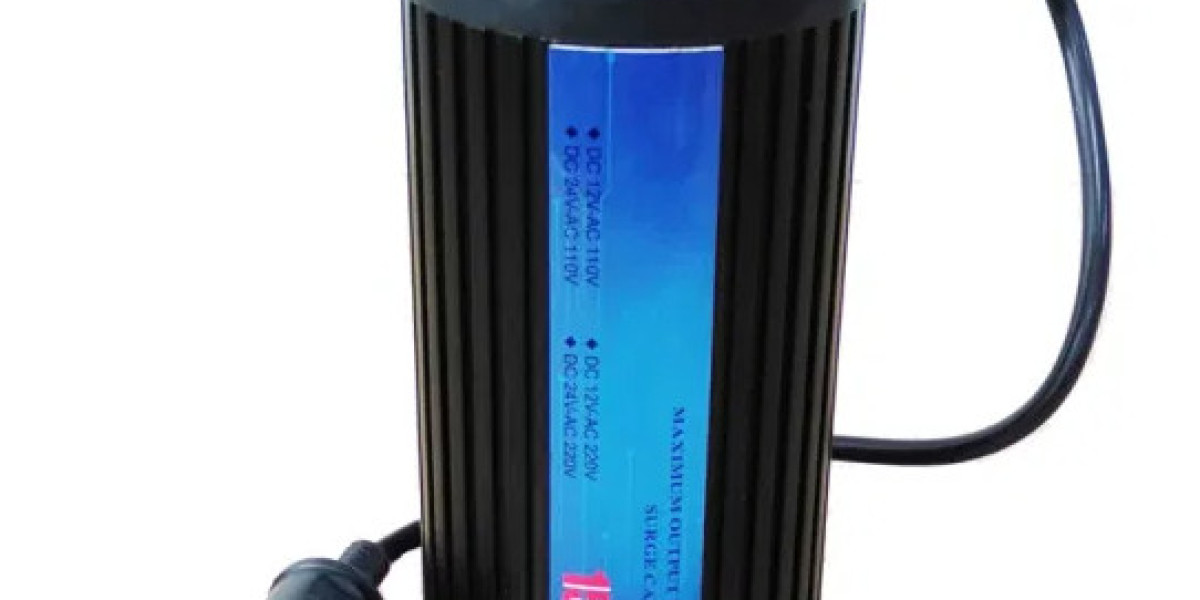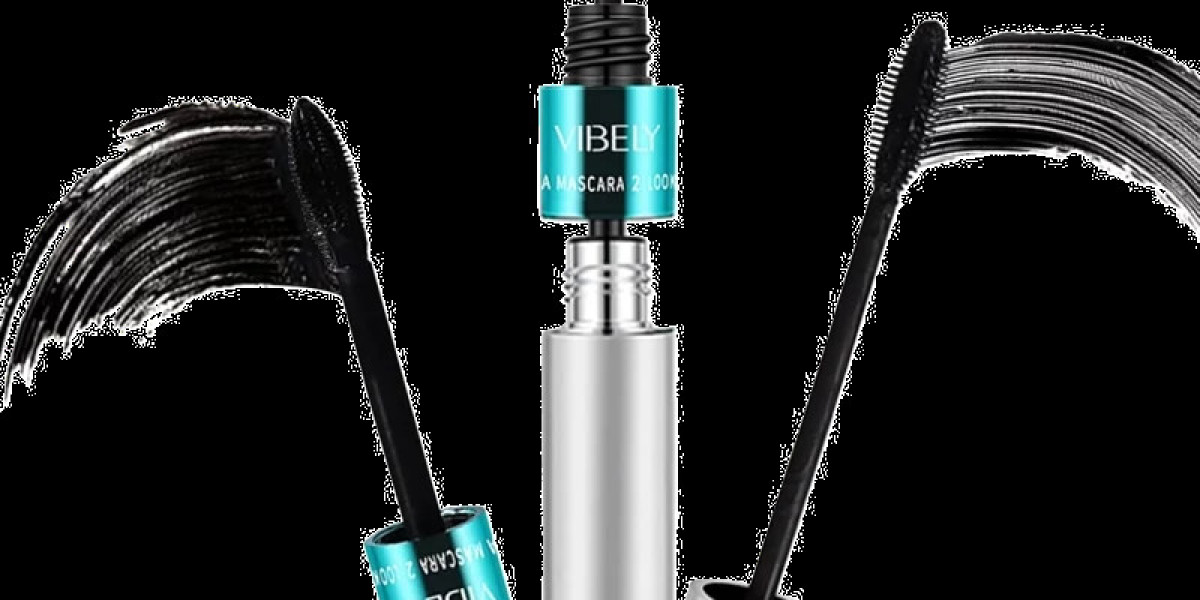For many RV owners, freedom on the road means traveling without worrying about plugging in. But off-grid living also brings challenges, especially when it comes to powering all your 12V appliances safely and efficiently. Whether it’s your fridge, LED lighting, fans, pumps, or charging electronics, maintaining a steady 12V power supply is critical. This is where a RV 150A DC-DC Converter for 12V Appliances becomes a game-changer.
Designed specifically for high-demand setups, an RV 150A DC-DC converter can reliably deliver the stable 12V power that modern RVs require. It bridges power sources like alternators, solar systems, or other battery banks and steps down the voltage for safe, efficient use across all your 12V devices.
What Is a 150A DC-DC Converter and Why Do RVs Need It?
A DC-DC converter takes power from one direct current voltage level and converts it into another. In RV setups, this usually involves stepping down power from 24V, 36V, or fluctuating alternator voltages to a consistent 12V output.
The “150A” rating means the converter can deliver up to 150 amps of current, which is a significant amount. It’s ideal for RVers who use multiple high-consumption appliances simultaneously or have large battery banks they need to charge quickly and safely.
The Growing Demand for High-Capacity Power Solutions in RVs
As RVs evolve into smarter, more connected spaces, their power demands increase. Today’s rigs often include:
Large-capacity lithium battery banks
Solar charging systems
Inverters and entertainment electronics
Smart home controls
Refrigerators and freezers
Water heaters and pressure pumps
All of these devices depend on a steady 12V power source. However, directly connecting batteries or alternators to your 12V appliances without regulation can cause voltage instability, inefficient charging, and even damage to sensitive electronics. That’s why a high-quality DC-DC converter is now considered essential for serious RVers.
How a 150A DC-DC Converter Works in an RV System
Here’s a simplified look at the process:
Receives High-Voltage DC Input
Power typically comes from a 24V alternator or secondary battery bank.Steps Down the Voltage to 12V
The converter stabilizes the output so your 12V appliances receive clean, regulated power.Delivers Up to 150 Amps of Current
This ensures multiple appliances can operate at once or that batteries can be charged quickly, even under heavy loads.Incorporates Smart Charging Logic
Many converters use multi-stage charging (bulk, absorption, float) for optimal battery maintenance.Includes Built-In Protection
Features like thermal shutdown, overvoltage protection, and short-circuit control make sure your system stays safe.
Key Benefits of Using a 150A DC-DC Converter for 12V Appliances
✅ Supports Heavy Loads
Power-hungry appliances like RV air conditioners, 12V refrigerators, and water pumps can run reliably without dips or surges.
✅ Protects Battery Life
Multi-stage charging profiles ensure your lithium or AGM batteries are charged safely and efficiently, reducing long-term wear.
✅ Improves Off-Grid Capability
With a converter in place, you can harvest energy from various sources (alternator, solar, generator) and use it to power your 12V system—no shore power needed.
✅ Ensures System Compatibility
It isolates power sources and regulates voltage output, preventing damage to electronics and wiring due to mismatched voltages.
✅ Fast Charging Capabilities
At 150 amps, you can charge even large 12V battery banks quickly while driving, reducing generator or shore charging time.
Where It Fits in an RV Power System
An RV 150A DC-DC converter is typically installed between:
A 24V (or higher) power source — such as an engine alternator or secondary lithium battery
Your 12V battery bank or appliance circuit
This placement allows it to manage energy delivery precisely and ensures the 12V system runs at optimal levels, even when input voltages fluctuate due to engine RPMs or solar intensity.
Ideal Use Cases
✅ Class A and Super C RVs with dual battery systems
✅ Off-grid setups relying on alternator charging
✅ Solar-equipped rigs needing a backup DC charging option
✅ Work trailers or mobile workshops with tool charging needs
✅ Emergency vehicles that must power multiple 12V loads at once
Important Features to Look For
Not all DC-DC converters are created equal. When choosing a 150A model, look for:
High efficiency rating (90% or more)
Multi-stage charging support for lithium, AGM, or gel batteries
Wide input voltage range (e.g., 18V–32V)
Temperature-controlled cooling fans or passive heat sinks
Overcurrent and short-circuit protection
Isolated input/output for electrical safety
Installation Tips for RV Owners
? Use Proper Wiring
A 150A current load requires thick cables—typically 1/0 or larger—with short runs to minimize voltage drop.
? Add Circuit Protection
Always use inline fuses or circuit breakers to protect your system from faults.
? Ensure Good Ventilation
Converters generate heat during operation, especially under full load. Mount in a ventilated area to prevent overheating.
? Match the Battery Type
Verify the converter supports your battery chemistry—especially if you use LiFePO4 batteries.
? Follow Manufacturer Instructions
Installation may vary depending on the converter brand and system layout. Professional help is recommended for first-time installers.
What Makes the 150A Converter Different From Lower Amperage Models?
While 20A–60A converters are fine for smaller RVs or minimal loads, the 150A version offers:
Greater headroom for demanding appliances
Faster charge times for large battery banks
More stability under heavy use
Better support for solar + alternator hybrid charging
It’s a smart investment for RVers who live off-grid for extended periods or who rely on their RV for full-time use, business, or remote work.
Conclusion: Is the RV 150A DC-DC Converter Worth It?
Absolutely. If you’re running a modern RV with multiple 12V appliances, large battery banks, or hybrid energy sources, a 150A DC-DC converter is not just helpful—it’s essential.
This powerhouse device brings reliability, protection, and efficiency to your mobile lifestyle. It ensures that your batteries are charged correctly, your appliances get the power they need, and your entire electrical system operates at peak performance—whether you’re in the middle of the desert or parked by the lake.








